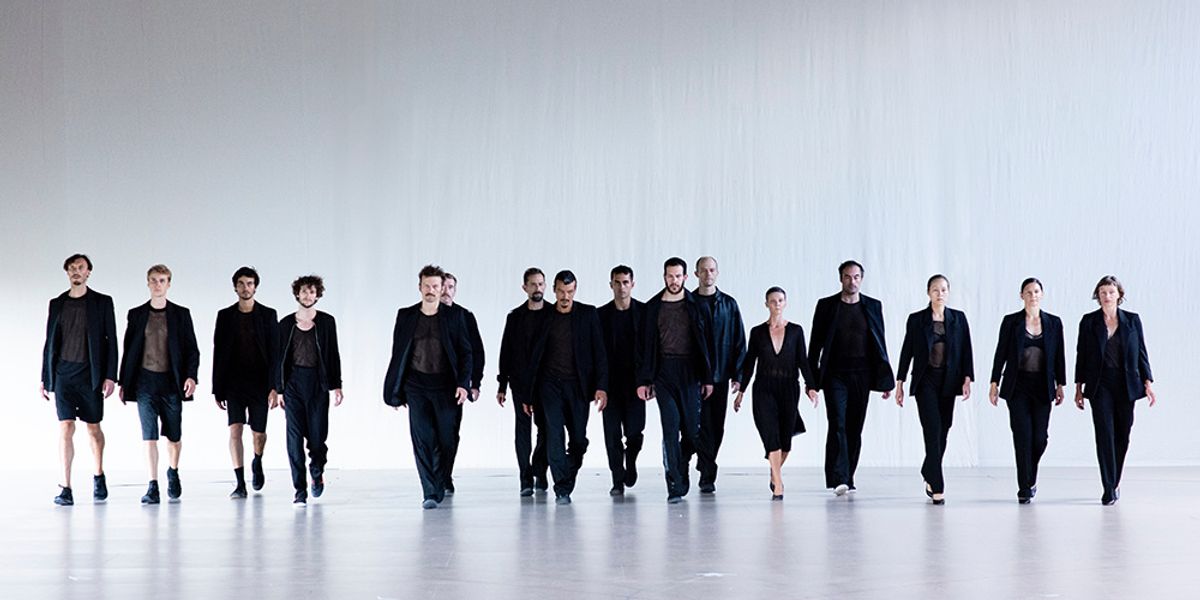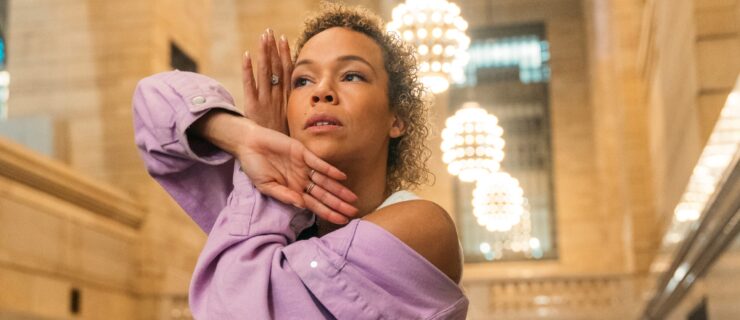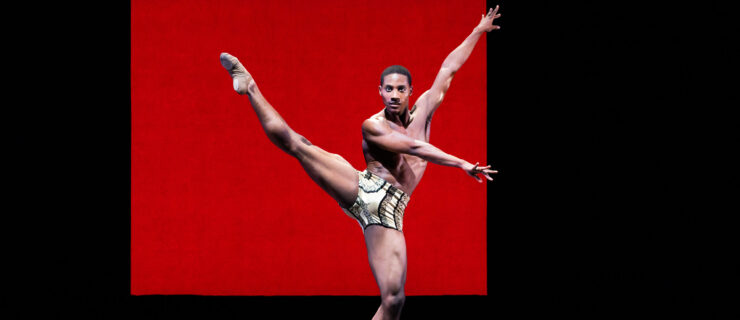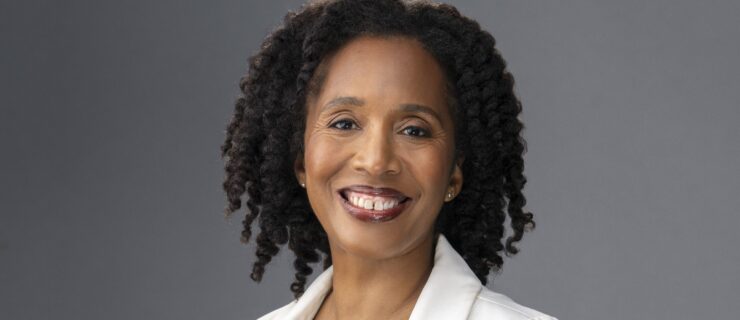Anne Teresa de Keersmaeker on Her Love Affair With Bach & Why She's Finally Ready for Broadway
What do Johann Sebastian Bach and Leonard Bernstein have in common? Not much, save perhaps an enthusiasm for counterpoint and a propensity for pushing the envelope. That, and they’ve both attracted the interest of Anne Teresa de Keersmaeker, the Belgian choreographer who has always thought of music as her primary partner.
Next week, New York audiences will experience her latest work to Bach, The Six Brandenburg Concertos, at the expansive Park Avenue Armory, featuring a multi-generational cast of 16 dancers plus baroque music ensemble B’Rock.
But next year will bring a far more unexpected project for de Keersmaeker: The Broadway revival of West Side Story, which she will be choreographing alongside Ivo van Hove as director. What sold the contemporary giant on taking on a show so far outside her typical oeuvre? The music, of course.
Why She Keeps Coming Back to Bach
Brandenburg
will mark de Keersmaeker’s fifth time working with the music of Bach. “I find that Bach played badly is still great,” she says. “It invites me to dance. It embodies abstraction and that’s what interests me in dance. It reflects order and chaos at the same time.”
What Makes This Piece Different

Brandenburg will feature a cast of 16. Photo by Anne Van Aerschot, Courtesy Resnicow and Associates
De Keersmaeker is tackling Bach on a grander scale than ever. While her previous works were set to music for solo musicians, the Brandenburg Concertos are complex works for many instruments. The piece will also feature her largest cast to date: a group of 16 including some of the oldest and newest members of de Keersmaeker’s company, Rosas. “It’s an enormous joy to bring different generations of dancers together,” she says.
What Audiences Can Expect
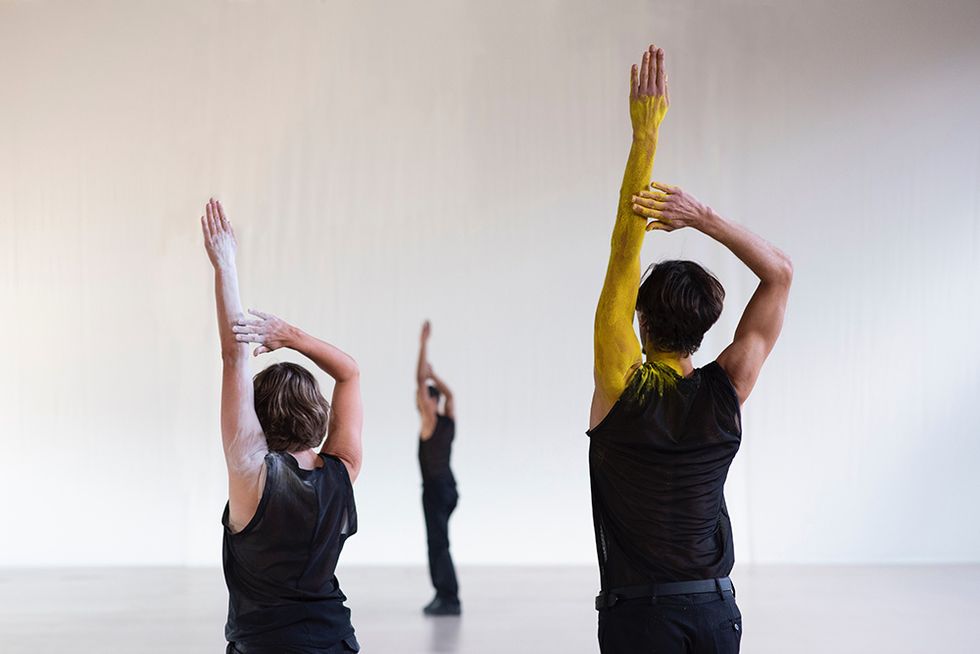
Rehearsal for Brandenburg Concertos. Photo by Anne Van Aerschot, Courtesy Resnicow and Associates
“It’s like moving architecture,” de Keersmaeker says of the Brandenburg Concertos. “It’s about uplifting, jubilating energy. It’s about communication, it’s extremely consequential and has extreme clarity of form. It expresses such a wide range of emotions such as joy, anger, sadness, desperation, rage, empathy.” Her goal? “In the most careful, modest way trying to formulate what could be a possible choreographic answer to these masterworks.”
Why Making Brandenburg Was Inevitable
Though de Keersmaeker is only now tackling the complexity of the Brandenburg works, they have been a part of her process since 1980, when she was making her first solo to the music of Steve Reich called Violin Phase. Brandenburg was prevalent in the studio back then, she says, but she was scared to create something to it. Even now, with four Bach works under her belt, she questions whether putting movement to such masterworks is “too much vanity to aim for.”
What Made Her Say Yes To West Side Story
Though de Keersmaeker won’t say much about her plans for West Side Story just yet, she did admit that it’s not a project she would have ever thought she’d be doing. But her rewarding experience directing the large-scale Così fan tutte at the Paris Opéra last year—another project she never thought she’d do—plus the chance to work with Ivo van Hove and explore a key work in the history of musical theater convinced her to say yes when van Hove asked her to choreograph.
